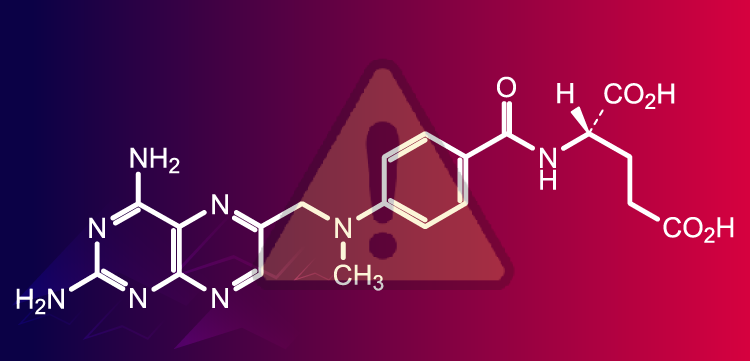
Multiple Myeloma
Latest News
Video Series

Latest Videos
Shorts
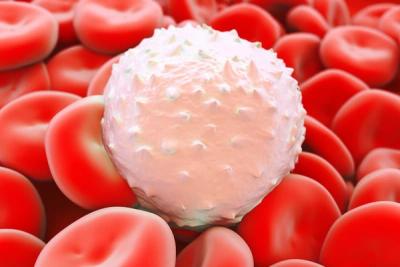
Podcasts
More News
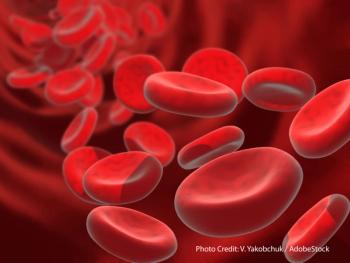
The addition of comprehensive bridging radiotherapy to extramedullary disease sites before CAR T therapy may improve PFS outcomes in multiple myeloma.
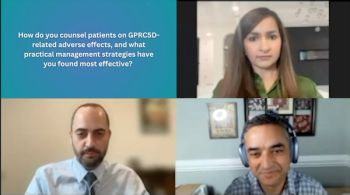
Unique toxicities presented with talquetamab tend to get progressively better as the treatment course continues, according to Prerna Mewawalla, MD.

Panelists discuss how health care providers and patients should understand that talquetamab's unique adverse effects are temporary and resolve over time, even while continuing treatment, emphasizing the drug's excellent efficacy and the importance of removing stigma around its manageable toxicity profile.

Panelists discuss how effective caregivers should join support groups, maintain detailed records of symptoms and medications, attend all appointments, stay informed about myeloma research, and serve as active advocates who can communicate with health care teams when patients cannot.

Panelists discuss how patients beginning talquetamab treatment should maintain a positive attitude, prepare thoroughly with educational materials, and understand that although initial adverse effects can be challenging, they are temporary and manageable with proper preparation and support.

Panelists discuss how patients can maintain their nutrition during talquetamab treatment by focusing on texture and food presentation when taste is impaired, using high-calorie options, and remembering that taste changes and dry mouth are temporary adverse effects that improve over time.

Panelists discuss how specific talquetamab-related adverse effects such as skin peeling, nail changes, and rashes can be effectively managed through targeted interventions, including topical treatments, protective measures, and preventive strategies tailored to the drug's unique toxicity profile.

Panelists discuss how health care providers can develop comprehensive management protocols for talquetamab-related toxicities by consulting with specialists, gathering patient feedback, and creating detailed handouts that empower patients to proactively manage adverse effects before they begin treatment.

Prophylactic steroid or tocilizumab use may help in preventing CRS in patients undergoing treatment with bispecific antibodies for multiple myeloma.

Panelists discuss how comprehensive patient education materials and manufacturer resources help patients prepare for and manage talquetamab adverse effects, with prior experience from chimeric antigen receptor (CAR) T-cell therapy providing valuable context for understanding potential complications such as cytokine release syndrome (CRS).

Panelists discuss how real-world data consistently show bispecific efficacy matching clinical trial results despite treating higher-risk patients, and how prophylactic interventions have reduced cytokine release syndrome severity.

Panelists discuss how CAR T-cell therapy should generally precede bispecifics when possible due to T-cell exhaustion concerns, though they agree there are virtually no absolute contraindications to bispecific therapy.

Panelists discuss how health care providers must actively educate local oncologists, emergency departments, and community centers about bispecific antibody management as these therapies move from inpatient to outpatient settings, ensuring proper recognition and treatment of adverse effects such as cytokine release syndrome (CRS).
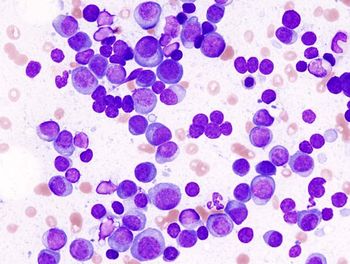
Patients with multiple myeloma who received palonosetron, dexamethasone, aprepitant, and olanzapine achieved a 44.1% CR rate across all study phases.
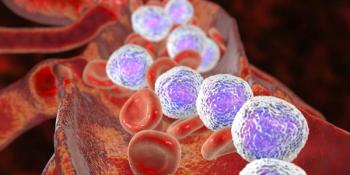
D-VRd had a 72% chance of providing superior PFS outcomes vs isatuximab plus VRd in patients with transplant-ineligible NDMM.

Panelists discuss how bispecifics are reversing the historical paradigm of diminishing returns in relapsed/refractory multiple myeloma, achieving 60% to 70% response rates lasting over a year in heavily pretreated patients.

Panelists discuss how patient preferences for treatment-free intervals are increasingly important in therapy selection, with bispecifics offering potential for response-adapted dosing and early discontinuation while maintaining remissions.
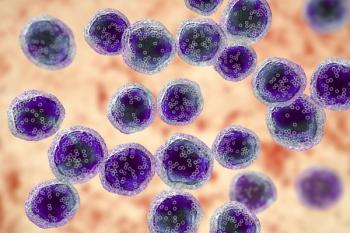
Treatment with anito-cel shows a predictable and manageable safety profile among those with relapsed/refractory multiple myeloma in the iMMagine-1 trial.

Panelists discuss how successful talquetamab treatment requires coordinated care between inpatient and outpatient teams, comprehensive caregiver preparation including education materials and emergency contact information, and access to multidisciplinary health care providers as needed.

Panelists discuss how expectations for treatment outcomes can become more positive over time through experience with multiple therapies, staying informed about clinical trials and new treatments, and focusing on quality of life as a primary treatment goal alongside disease control.

Patients with high-risk markers may especially benefit from the addition of daratumumab to lenalidomide as maintenance therapy for NDMM.

Karen Kehl shares her decade-long journey with multiple myeloma, discussing treatment options and the impact of bispecific antibodies like talquetamab with Binod Dhakal, MD.
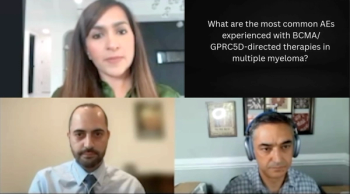
CRS, neurotoxicities, and infections are the most common AEs associated with BCMA- and GPRC5D-directed therapies in patients with multiple myeloma.

Marc S. Raab, MD, PhD, details how agents such as carfilzomib may play a role in treatment after progression on teclistamab-based induction therapy.

Panelists discuss how caregivers can navigate the initial shock of a myeloma diagnosis by seeking reliable information from trusted medical websites, connecting with local support groups, and accessing resources from organizations such as the International Myeloma Foundation (IMF), Multiple Myeloma Research Foundation (MMRF), and patient advocacy groups.


![“[This approval] will be a quite dramatic change in our philosophy and practice in multiple myeloma," according to Joseph Mikhael, MD, MEd, FRCPC, FACP, FASCO.](https://cdn.sanity.io/images/0vv8moc6/cancernetwork/3cab3ada4c023b68c118240a512e31d72a7f931b-1200x628.png)



















